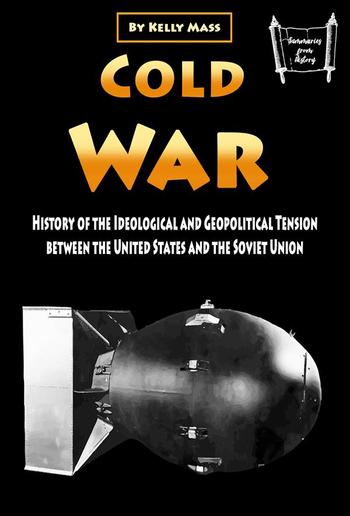
Kelly Mass - Cold War
Cold War
History of the Ideological and Geopolitical Tension between the United States and the Soviet Union
Kelly Mass
Description
Between 1947 and 1991, the United States and the Soviet Union engaged in an escalating geopolitical confrontation known as the Cold War. Historians differ on the exact start and end dates of this period, with some pointing to the Truman Doctrine in 1947 and the dissolution of the Soviet Union in 1991. Throughout this era, there was no direct large-scale warfare between the two superpowers, but they sponsored significant regional conflicts, often referred to as proxy wars, which earned the title of a "cold war." The rivalry began after their temporary alliance and victory over Nazi Germany in 1945, as both countries sought global dominance based on their respective ideologies and geopolitical interests. While nuclear weapons and conventional military forces played a role in this struggle for supremacy, other methods, such as psychological warfare, propaganda, espionage, extensive embargoes, and competition in areas like sports and the Space Race, were also employed.The Western Bloc, led by the United States and other First World nations, was generally characterized by liberal democratic principles. However, they were often allied with authoritarian regimes, many of which were former colonies of Western powers. On the other hand, the Eastern Bloc, dominated by the Soviet Union and its Communist Party, had a significant influence on the world during and after World War II. Russia supported communist parties and revolutions worldwide, while the United States backed right-wing regimes and movements. The Cold War's battleground extended to nearly every colonial state as they gained independence between 1945 and 1960.

